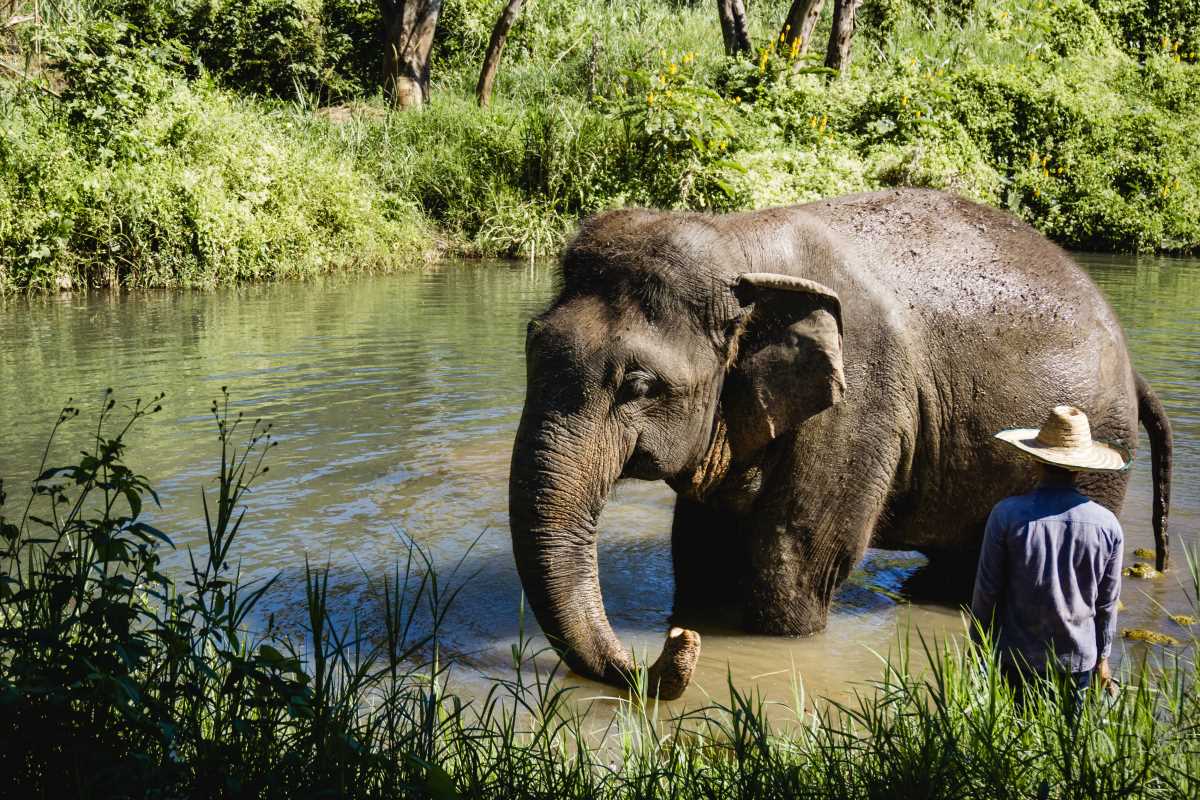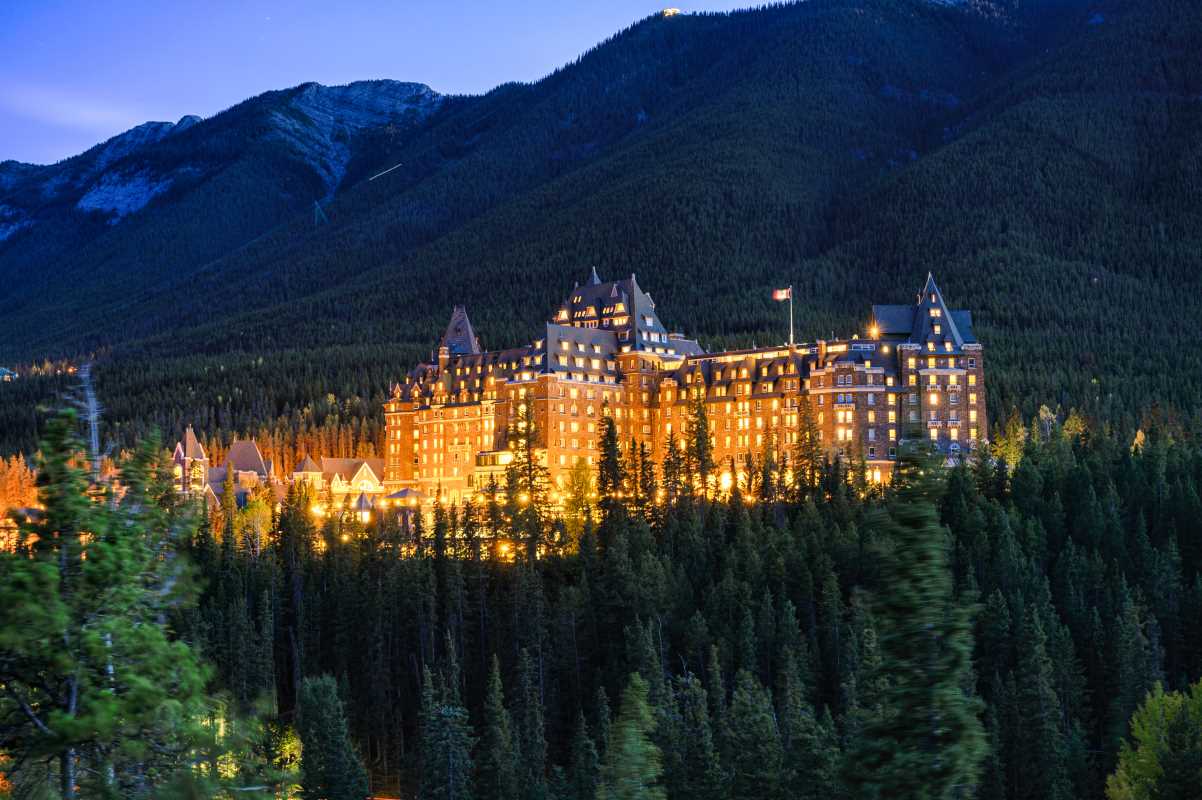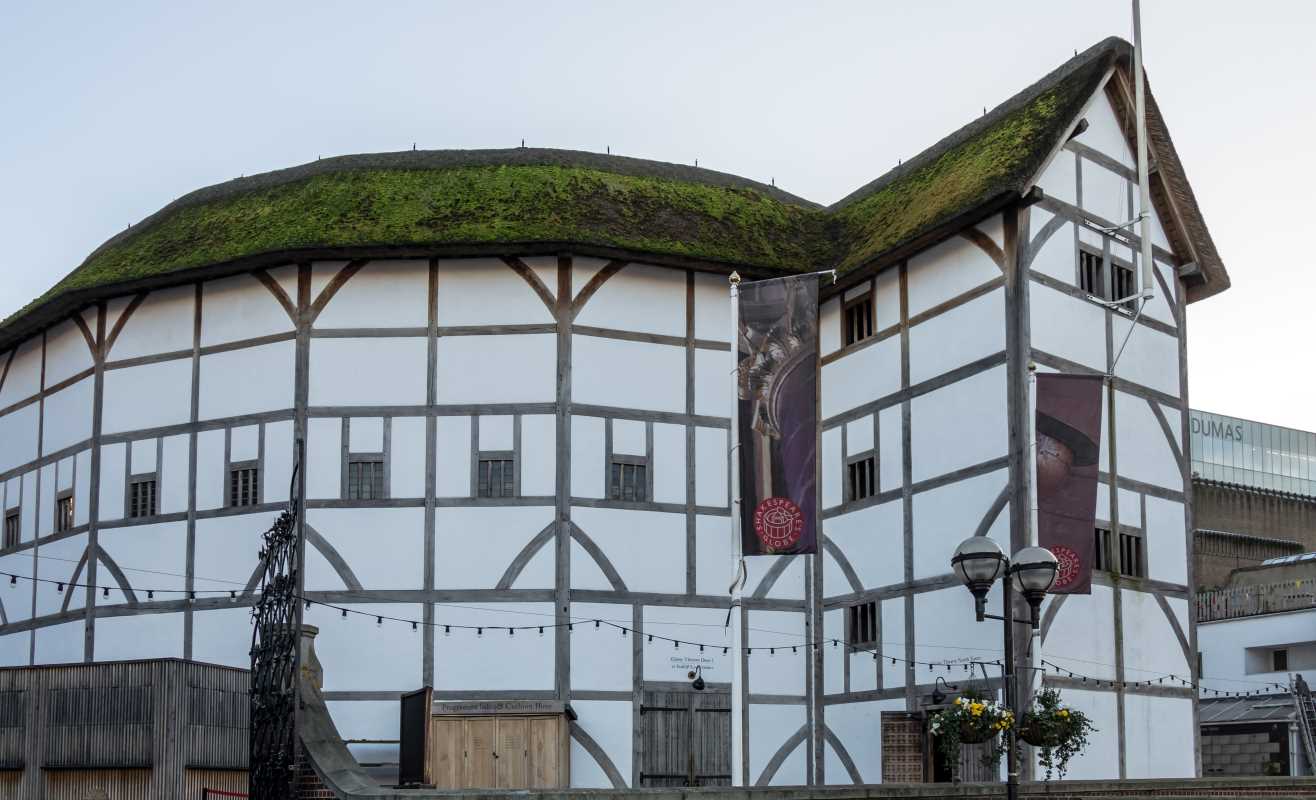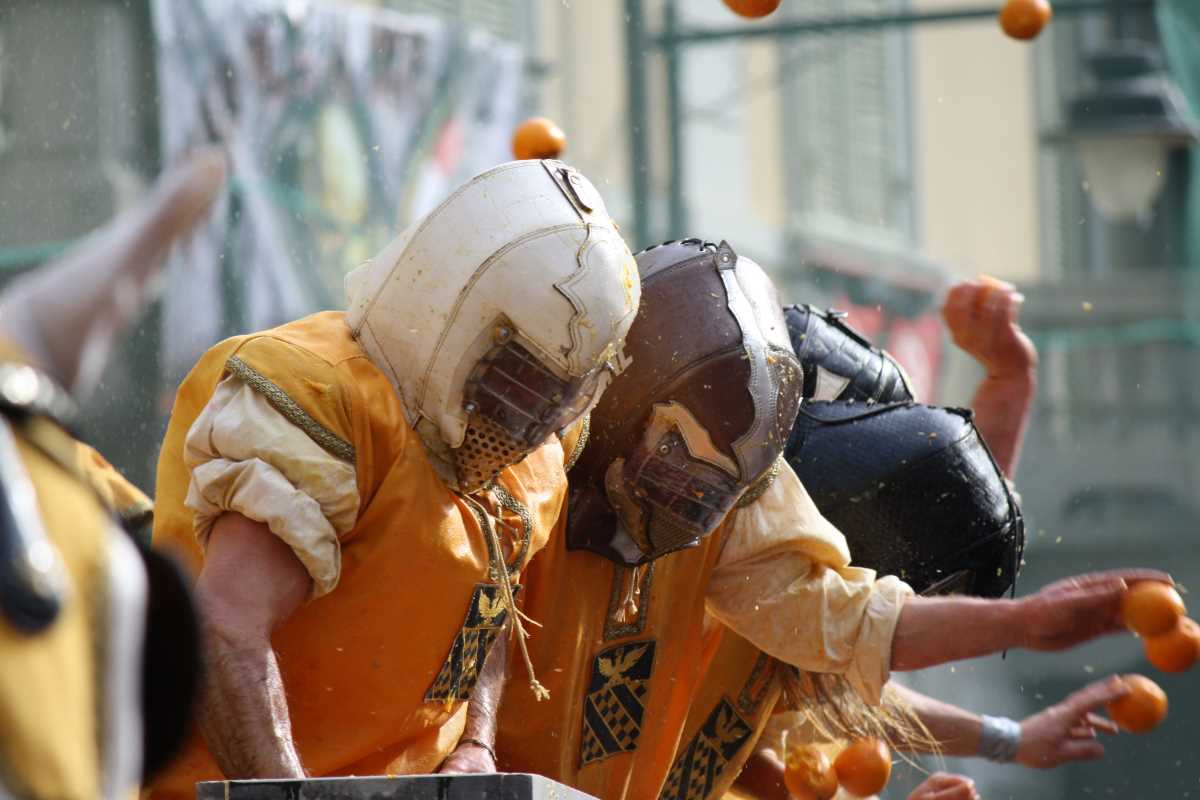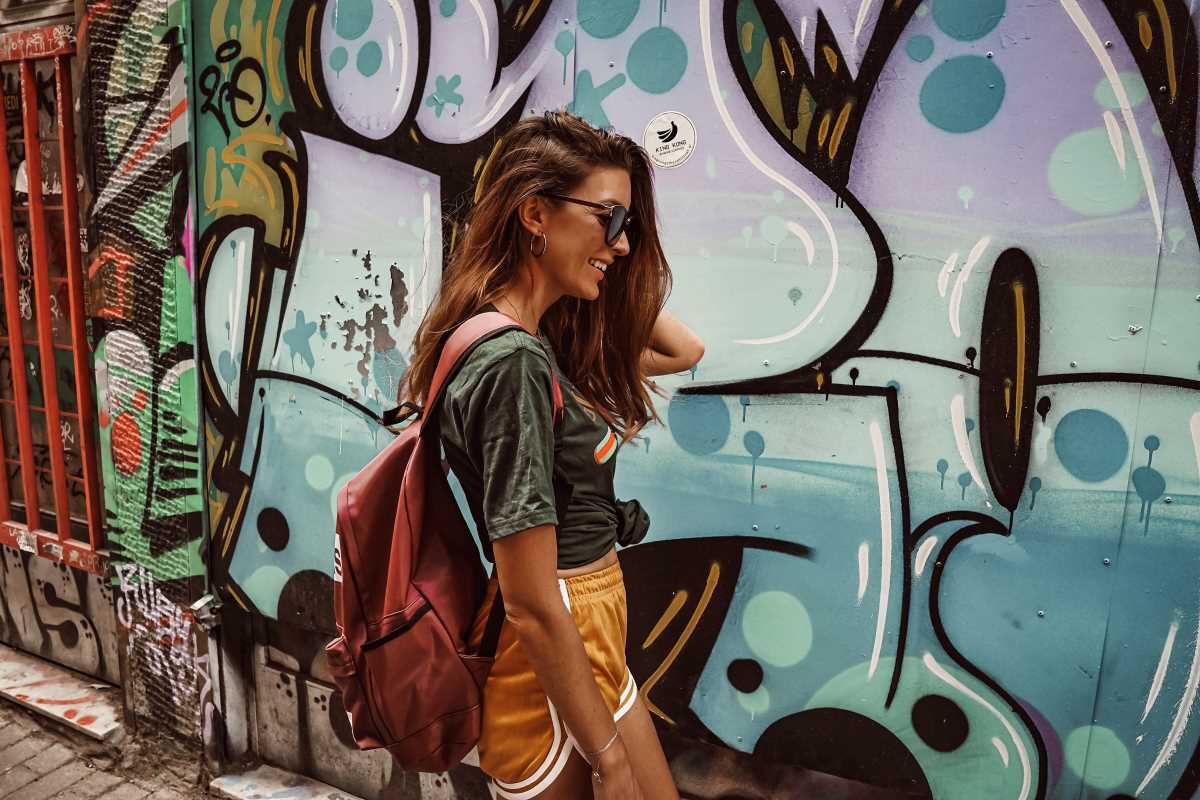Dance is one of humanity’s oldest and most universal forms of expression, transcending borders and bridging cultures. It speaks to our shared emotions, preserves folklore, and serves as a living thread connecting generations. From rhythmic stomps to graceful sways, dance captures every facet of human experience. But beyond the steps and beats, traditional dance festivals open windows into the soul of a culture. Rich in history and storytelling, these vibrant celebrations reveal how communities have used movement to articulate their values, struggles, and triumphs. For those who love to explore, such festivals offer a unique chance to experience the rhythm of heritage firsthand. Come along as we uncover the stories and cultural connections behind dance festivals from across the globe.
The Artistry of Flamenco in Spain
Flamenco, synonymous with Spain’s southern Andalusia region, is a visceral emotion brought to life. While often associated with dramatic guitar strums and dynamic footwork, Flamenco’s folklore roots its origins in the convergence of Arabic, Jewish, Romani, and Andalusian cultures. Emerging in the 18th century, Flamenco gave a voice to marginalized communities, embodying their struggles and triumphs.
Seville’s Feria de Abril, a spring spectacle, highlights Flamenco’s cultural significance. Initially a livestock fair, the festival evolved into a vibrant celebration of Andalusian customs with music, dance, and cuisine. Flamenco is woven into this week-long event, with dancers in traditional attire performing sevillanas, a regional Flamenco style. Each performance is layered with storytelling, capturing themes of love, despair, and resilience in every stomp, spin, and clap.
Japan’s Awa Odori Festival: Dancing Through Folklore
Every August, Tokushima City on Japan’s Shikoku Island transforms into a swirling display of music and movement for the Awa Odori Festival. Dating back over 400 years, its origins are tied to several legends. One tells of townsfolk celebrating the completion of Tokushima Castle in a tipsy, jubilant frenzy, setting the stage for the modern festival’s carefree spirit. Another theory connects the dance to Buddhist chanting rituals, blending spirituality with entertainment.
Today, Awa Odori sees over a million participants and spectators. Dressed in colorful yukatas with straw hats, dancers form ren (troupes) and move to quick, rhythmic beats of shamisen (traditional string instrument) and taiko drums. Known for engaging the audience, the festival’s phrase “The fool dances, and the fool watches, so why not dance?” invites everyone to join in.
Gujarat’s Navratri Festival and Its Vibrant Dances
India’s Navratri Festival, celebrated over nine nights, reveres the Goddess Durga through music, devotion, and dance. At its heart, two folk forms dominate the western state of Gujarat during this celebration: Garba and Dandiya Raas. Both are steeped in mythological stories of Lord Krishna and his playful moonlit dances with the gopis (cowherd girls).
Garba dancers perform in circular formations, symbolizing life’s cycles and the divine power of feminine energy. Traditionally performed around a clay lantern with a light, the dance embodies the goddess within all humans. Dandiya Raas, with its rhythmic clashing sticks, reenacts the legendary battle between Durga and the demon Mahishasura. These energetic yet graceful celebrations are a sensory delight, combining colorful attire, lively music, and intricate steps.
Samba and the Pulse of Brazil’s Carnival
Carnival in Brazil is synonymous with Samba, an electrifying dance and music form bursting with energy and cultural pride. Samba’s roots lie in African traditions brought over during the transatlantic slave trade. Over time, it integrated with European influences, evolving into an iconic symbol of Afro-Brazilian identity.
Held just before Lent, Rio de Janeiro’s Carnival showcases Samba on an epic scale. Samba schools, community-based organizations, parade through the Sambadrome with themes inspired by history, myth, and social commentary. Their performances are rich narratives, blending fantastical costumes, synchronized choreography, and pulsating drumbeats into an unforgettable celebration. Beyond its glamorous façade, Carnival celebrates the resilience and heritage of Brazil’s multicultural society.
South Africa’s Zulu Reed Dance
Umkhosi Womhlanga, or the Zulu Reed Dance, is a ceremonial event deeply tied to Zulu tradition and cultural pride. Each September, thousands of young women gather at Nongoma’s eNyokeni Palace, presenting cut reeds to the Zulu king in a symbolic act of unity and reverence.
The ritual reflects the Zulu belief that humanity’s original ancestor emerged from a reed bed, emphasizing respect for ancestry and family. Alongside rhythmic drumming and graceful choreography, the dance teaches values like discipline and respect. Visitors witnessing this event gain a profound understanding of Zulu heritage, as well as its connections to nature and community.
Bali’s Hypnotic Kecak Dance
The Kecak Dance in Bali offers a unique take on the Hindu epic Ramayana. Developed in the 1930s from the Sanghyang trance rituals, the performance features a choir of men sitting in concentric circles, rhythmically chanting “cak” to dramatize ancient myths.
The story revolves around Prince Rama’s quest to rescue his wife, Sita, from the demon king Ravana, supported by loyal monkey warriors. Performed in iconic locations like Uluwatu Temple at sunset, Kecak blends fire, emotion, and stylized gestures into a mesmerizing showcase of Balinese art and devotion. Its lack of instrumental accompaniment highlights the raw power of human voice and collective energy.
The Spirit and Stories of Indigenous Powwows
A powwow is a gathering that's a living bridge between past, present, and future Indigenous cultures across North America. These events, originally emerging from warrior dances and the Drum Religion of the Plains tribes, now celebrate intertribal unity and cultural vibrancy.
Central to powwows is the sacred Circle, symbolizing the eternal connection between life, nature, and the Creator. Each dance carries tradition and meaning. The Jingle Dress Dance, originating with the Ojibwe, is revered as a healing ritual, with its metal cones jingling prayers into the universe. The Grass Dance mimics the swaying of prairie grasses while preparing ceremonial grounds. Powwows also feature intricate clothing, or regalia, which is a deep expression of identity, family, and tribal history. Beyond the dances, these gatherings foster storytelling, bonding, and cultural exchange.
How Dance Can Unite the World
From the Flamenco rhythm that speaks of Spanish resilience to the Jingle Dress Dance’s whispered prayers for healing, each dance festival is a vibrant thread in the tapestry of human culture. These celebrations showcase the power of movement to preserve history, uplift spirits, and connect people across boundaries. Whether you find yourself clapping along to Samba in Rio or stepping into a Garba circle in Gujarat, these traditions remind us of the shared stories and emotions that unite us all. Why not lace up your dancing shoes and join in the rhythm of the world?
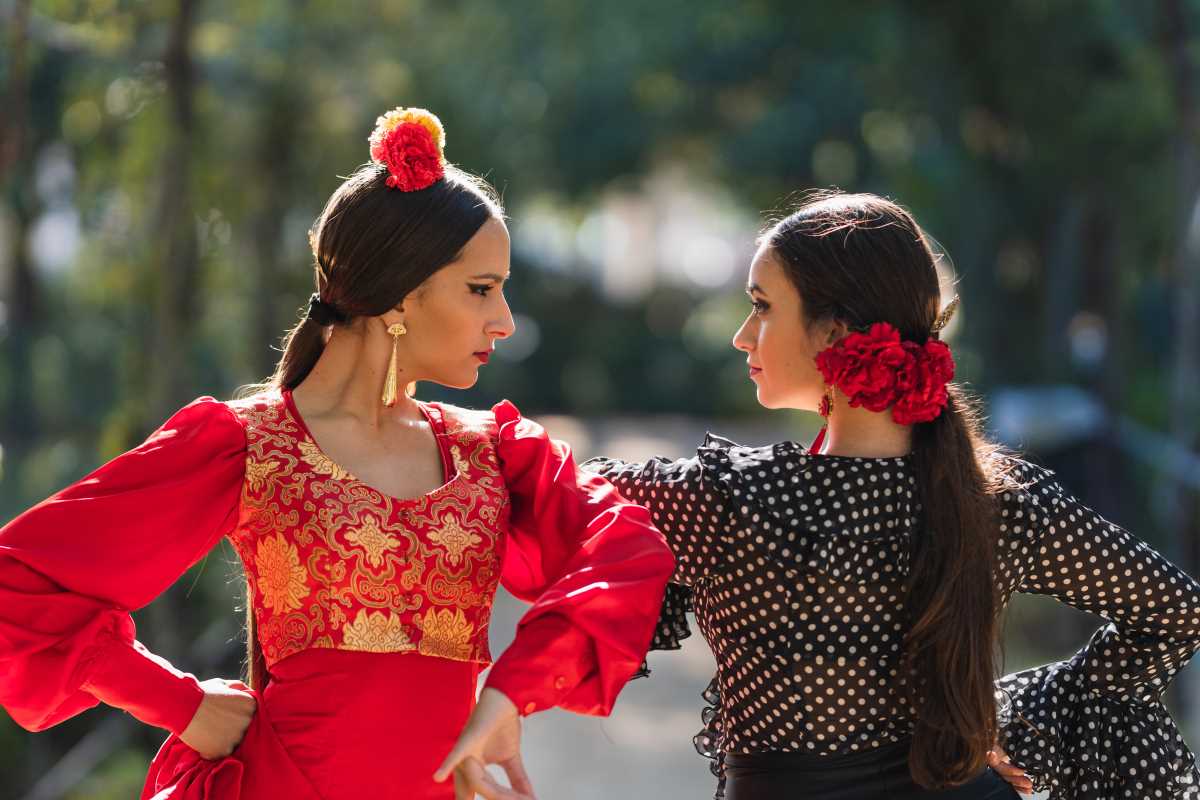 (Image via
(Image via